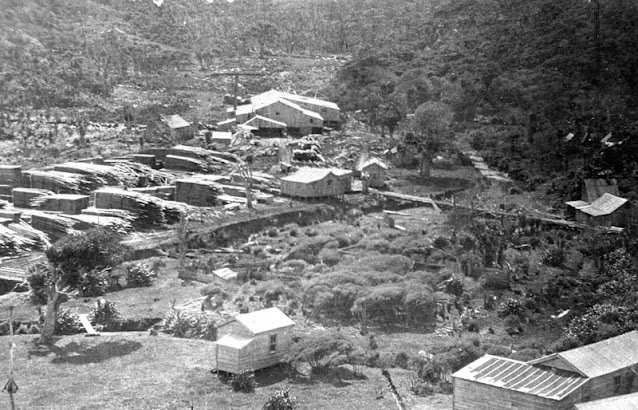The picture books of Robyn Kahukiwa

Central Auckland Research Centre is currently displaying work by award-winning picture book writer and illustrator Robyn Kahukiwa. Ref: Robyn Kahukiwa display in the Central Auckland Research Centre, February 2014 Kahukiwa illustrated her first children’s book in 1981 - 'The Kuia and the Spider: Te Kuia Me Te Pungawerewere', a collaborative project with writer Patricia Grace, which won the Children’s Picture Book of the Year. She also worked with Joy Cowley on 'Grandma’s stick' and 'Hatupatu and the birdwoman' before writing her own picture books, often drawing on Māori myths and legends which she also includes in contemporary settings. Ref: Robyn Kahukiwa display in the Central Auckland Research Centre, February 2014










